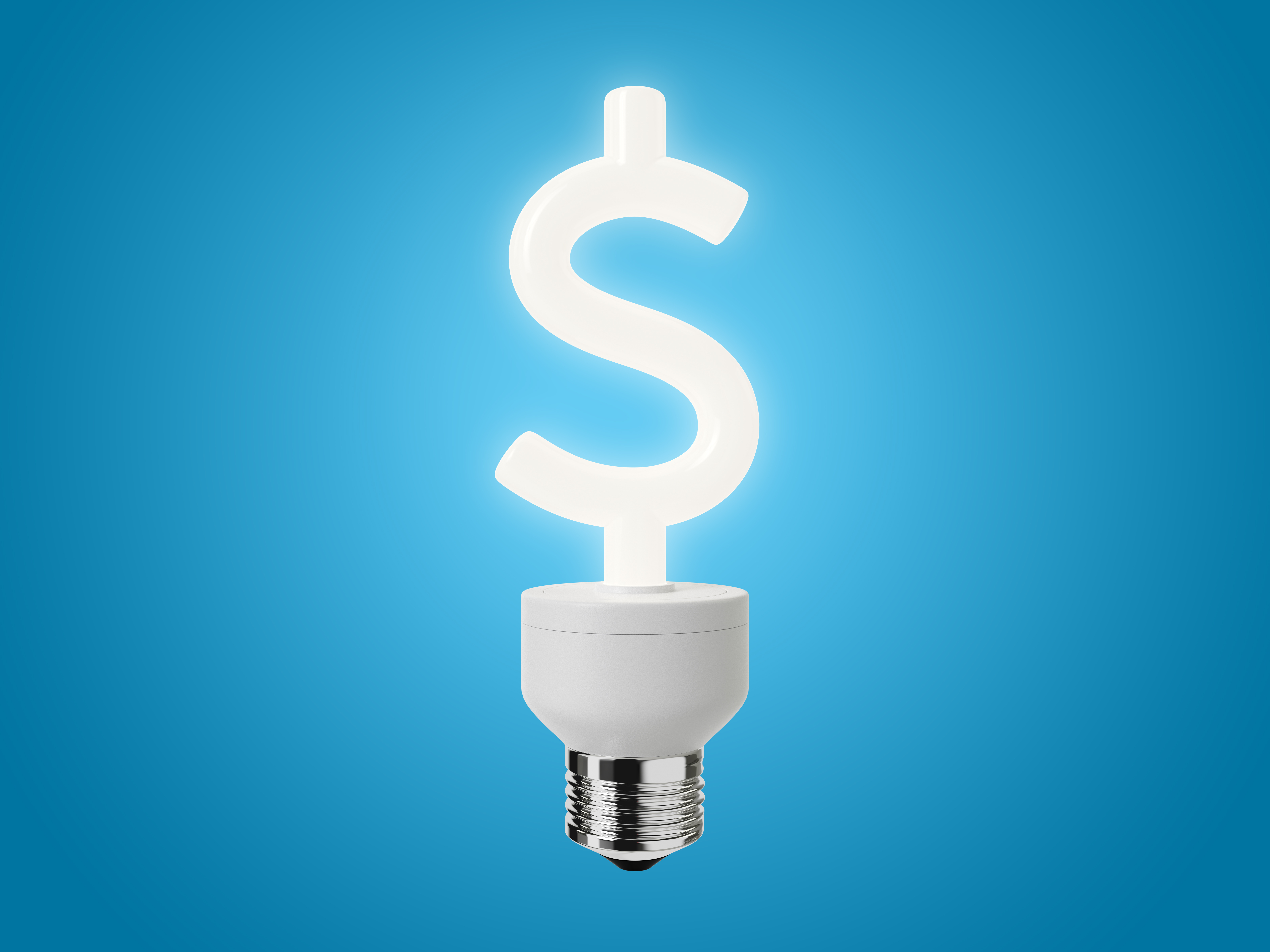A zero GWP heat pump and distribution system for all-electric heating and cooling in California
Develop and demonstrate an advanced heat pump system that uses ammonia as the primary refrigerant and carbon dioxide is used both as a refrigerant and as a distribution fluid.
Electric Power Research Institute, Inc.
Recipient
Palo Alto, CA
Recipient Location
13th
Senate District
23rd
Assembly District
$874,604
Amount Spent
Active
Project Status
$2,498,557
Award Amount
$440,000
Co-funded Amount
EPC-19-014
Agreement Number
-
Project Term
Irwindale, CA
San Diego, CA
Site Location(s)
Copy Project Link
Follow Project
Project Update
The project team completed the construction of the prototype heat pump and performed performance evaluation. The team encountered performance and safety issues, which may have been caused by a combination of several factors: oversized ammonia compressor, refrigerant and secondary fluid charge, controls of the electronic expansion valves, and controls of the compressor and pump speed. In the initial cooling mode evaluations, the system did not output the desired cooling capacity and supply air temperatures. This was possibly due to carbon dioxide entering the air handling unit in the vapor phase instead of the liquid phase because of the complex piping configuration. The team performed additional tests with a different configuration with liquid carbon dioxide entering the coils and showed improved results. Operating the carbon dioxide pumps also proved challenging, since the pumping action can cause rapid boiling of saturated carbon dioxide and cavitation. In heating mode, the ammonia heat pump experienced significant increases in pressure during start up after several tests, which triggered the pressure relief valves causing ammonia to leak out of the system. This was likely due to a faulty electronic expansion valve. It was determined that the timeline to remedy these issues and fulfill the goals of the grant within the grant schedule was not possible. The project team is currently collecting remaining data from the lab prototype tests and completing a Final Report detailing the key findings and lessons learned from this project.
The Issue
Heat pumps in the California climate are ideal substitutes for natural gas space heating. Unfortunately, the heat pumps available today use high global warming potential (GWP) refrigerants whose leakage into the atmosphere over time has the potential to offset any gains made by decarbonizing space heating. Currently, there is no commercially available technology that combines a reversible heat pump with near-zero GWP refrigerant at costs competitive with conventional refrigerants.
Project Innovation
The recipient is developing, testing and demonstrating an advanced heat pump system that will reduce energy demand for multi-family (MF) or small to medium commercial (SMC) applications. The proposed system refrigerating capacity is between 10 to 20 tons. This innovative reversible heat pump system uses ammonia (NH3) and carbon dioxide (CO2) in a unique way: NH3 is the primary refrigerant, while CO2 is used both as a refrigerant and as a distribution fluid, depending on operating mode.
Project Benefits
This project develops a heat pump to provide both heating and cooling that uses ammonia (NH3) as a primary refrigerant to exchange thermal energy between the outside air and the carbon dioxide (CO2) refrigerant in the distribution fluid loop. A heat pump using NH3 offers advantages over other low GWP refrigerants, such as hydrocarbons. NH3 is inexpensive, has superior efficiency properties, low flammability compared to hydrocarbons, and its odor makes it detectable for leaks. NH3 is not for direct use as a distribution fluid in commercial or residential systems and needs a secondary fluid, such as CO2 which has been demonstrated promising efficiency results and lower cost than traditional mixtures as a distribution fluid.. The heat pump system will use the ability of CO2 to transfer more heat per unit mass, thereby reducing piping sizes, installation, and operating costs.

Affordability
The proposed system provides energy savings over conventional heat pump systems. It offers reduction in refrigerant cost, both initial and replacement costs, since NH3 and CO2 are readily available natural refrigerants. They are inexpensive compared to HFC refrigerants, given their imminent GWP restrictions. It also lowers the capital and installation cost by taking advantage of smaller pipe size for the CO2 distribution loop.

Environmental Sustainability
The average annual refrigerant leakage in commercial HVAC systems can be up to 10%. Since CO2 and NH3 are natural refrigerants with zero or very low GWP, this system has the potential of reducing or eliminating the impact on climate change due to refrigerant leakages. Compared to R410a leakages, the CO2e emission savings for this system can be up to 9.6M tons, or approximately 22% of the CO2 emissions from the electricity industry in CA.

Reliability
The advanced heat pump system could reduce the electricity peak cooling load, greatly benefitting a capacity-constrained system, especially in view of recent shutdowns of major transmission corridors due to concerns about fire prevention.

Safety
Ammonia leaks are easy to detect, providing a self-alarming mechanism due to its pungent odor at levels less than 10 ppm (while R410A is odorless). Due to the high-pressure CO2 distribution loop, ammonia would not leak into the occupied space.

Consumer Appeal
In light of wildfires in recent years, more consumers are aware of the need for action against global warming. The proposed system provides them with a green, decarbonizing solution that can reduce their environmental impact.

Economic Development
There is a great need for innovative technologies in the HVAC industry as conventional refrigerants are phased out. The proposed system, once commercialized, will create numerous manufacturing jobs, as well as provide potential energy savings of $550M per year in CA that will flow into the economy, assuming full market penetration.
Key Project Members

Aaron Tam

Matthew Robinson
Subrecipients

San Diego Gas & Electric Company

Optimized Thermal Systems, Inc.

Match Partners

San Diego Gas &

Electric Company

Southern California Edison

Southern Company Services, Inc.

Upcoming Events
We do not have any upcoming events. Check back soon for updates!
Past Events
Browse past events to access presentation slides and recordings.


